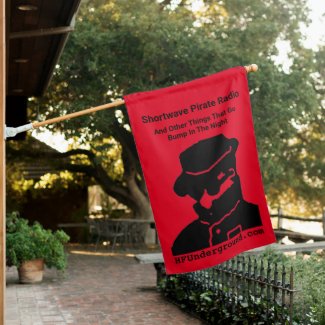91
HF Mystery Signals / Re: 2 PPS 0130 UTC 29 Nov 2018
« on: December 03, 2018, 0104 UTC »
Highlight of this report: UNID frequency hopping ditter 3500 and 4000 kHz.
Report
2018NOV03 0100UTC
3500.00 kHz CW, UNID, ditter, good readable, -100 dBm.
4000.00 kHz CW, UNID, ditter, readable, -107 dBm.
4500.00 kHz CW, UNID, ditter, present but unreadable, -110 dBm, interference from carrier and CODAR.
5500.00 kHz CW, UNID, ditter, readable, -110 dBm.
6500.00 kHz CW, UNID, ditter, good readable, -100 dBm.
Report
2018NOV03 0100UTC
3500.00 kHz CW, UNID, ditter, good readable, -100 dBm.
4000.00 kHz CW, UNID, ditter, readable, -107 dBm.
4500.00 kHz CW, UNID, ditter, present but unreadable, -110 dBm, interference from carrier and CODAR.
5500.00 kHz CW, UNID, ditter, readable, -110 dBm.
6500.00 kHz CW, UNID, ditter, good readable, -100 dBm.



